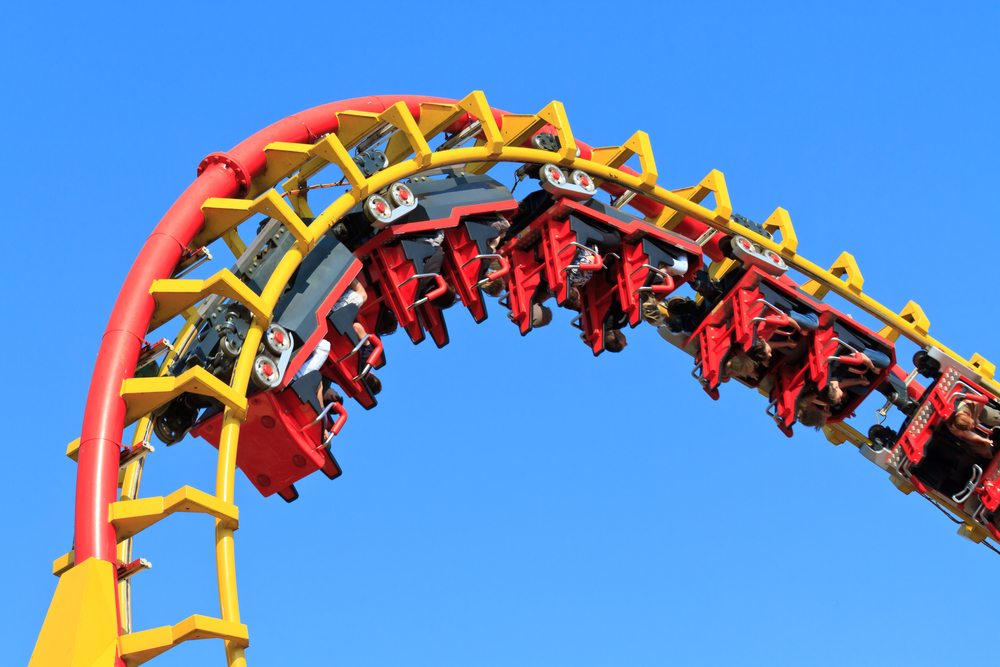
Liability in light of the Dreamworld tragedy
By Lucy Kelsey
Theme parks are supposed to be a place of fun, adventure, and excitement. However, as we have seen in the recent tragedy at Dreamworld, disasters can happen. The Thunder River Rapids accident has been named one of the worst in Australian amusement park history. Unfortunately, the Dreamworld tragedy is just one of many theme park accidents to have occurred in Australia.
In 1979, six children and one adult were killed on the Ghost Train at Sydney’s Luna Park when the ride caught fire.
In 1997, an 11 year old girl died and 2 boys were injured at the Rylstone Show, Mudgee NSW, when a carriage on the Octopus ride broke off and fell to the ground.
In 2000, 37 people were injured at the Royal Adelaide Show, when a 4.3 tonne gondola fell off the ride into a queue of people.
In 2014, an 8 year old girl died after being flung from a ride at the Royal Adelaide show.
The question is, who is at fault for these tragedies occurring? What recovery options does an injured person have?
Do theme parks owe a duty of care?
Theme park operators owe entrants a duty of care to keep the premises and equipment in good repair to avoid accidents occurring. This duty includes carrying out safety checks, compliance with industry standards and fencing off dangerous areas. Theme park operators are also required to provide adequate supervision, and to post clear and appropriate warning signs.
Who is liable?
A theme park operator will be held liable for an accident if they have breached their duty of care. The risk of the accident occurring must be proved to be reasonably foreseeable and reasonably preventable, and there must have been a failure to take reasonable measures.
Direct physical or psychological injuries
The first (and most obvious) claim is for physical or psychological injuries suffered as a direct result of the accident. For example, you may have suffered from a broken limb, or post-traumatic stress disorder as a result of being involved in an accident. To be able to claim damages, you need to prove that your injuries have caused you pain and suffering. You are also able to claim for medical expenses, care, and loss of income.
Psychological injuries suffered by witnesses or immediate family members
The second claim is the not-so-obvious action for “nervous shock” (psychiatric harm). If you have suffered psychological injuries as a result of witnessing an accident, or hearing about a direct family member’s involvement in a serious accident, then you may have a “nervous shock” action. To succeed in this action, you need to be able to show that you have suffered a recognised psychological disorder. This may include post-traumatic stress disorder, an anxiety disorder, or depression. You may be able to claim for pain and suffering, medical expenses, care, and loss of income.
The result?
A coronial inquest into the Dreamworld accident is due to be finalised next year. Presumably, this will inspect maintenance records, pictures, maps of the ride, and whether there has been compliance with the Australian Standards.
It is difficult to determine the likely result of a claim for either physical injuries or psychological injuries sustained in a theme park accident. It depends on the specific circumstances of each case.
IF YOU HAVE MORE QUESTIONS, GIVE US A CALL.
Most queries can be answered easily in under 15 minutes.
IF NOW IS NOT A GOOD TIME TO CALL...
Give us your contact details and we can ring you back to answer your questions. It's free.
